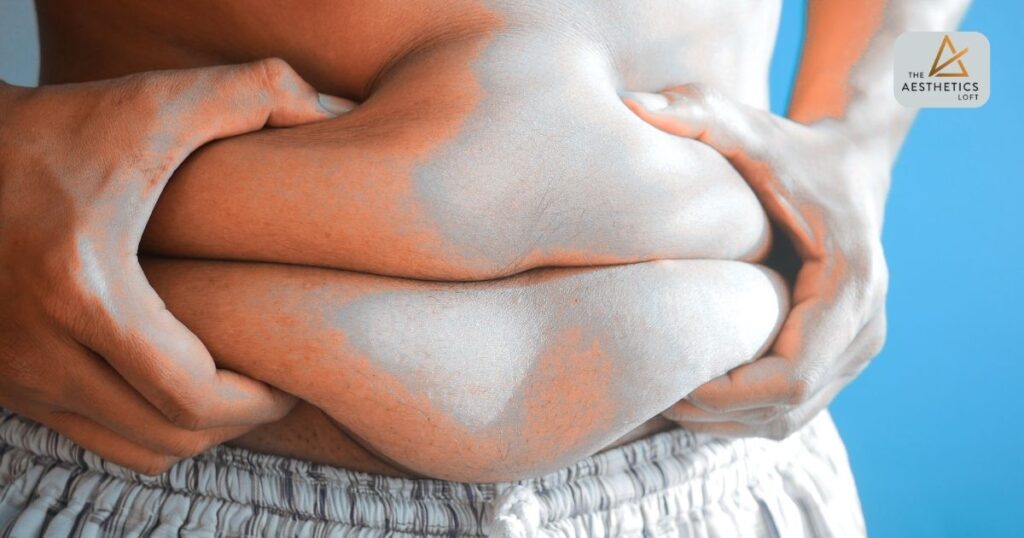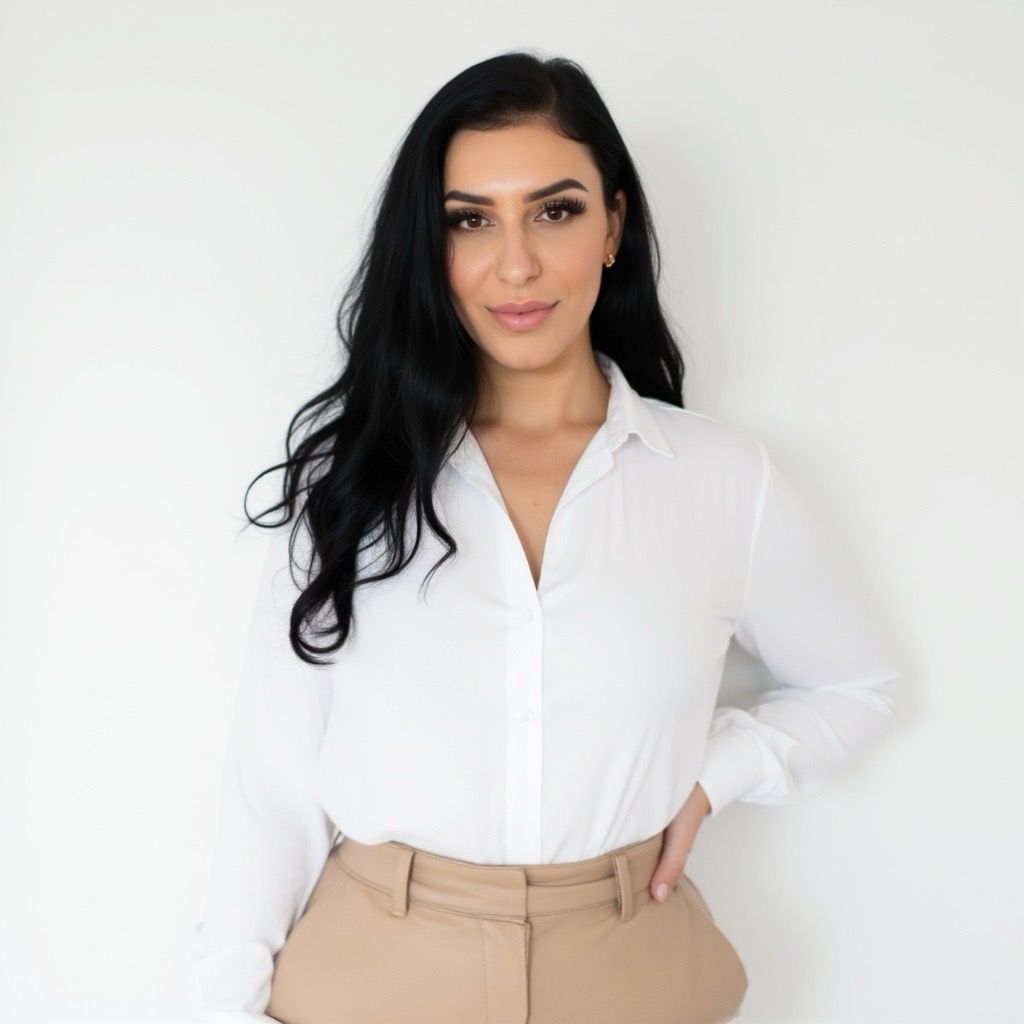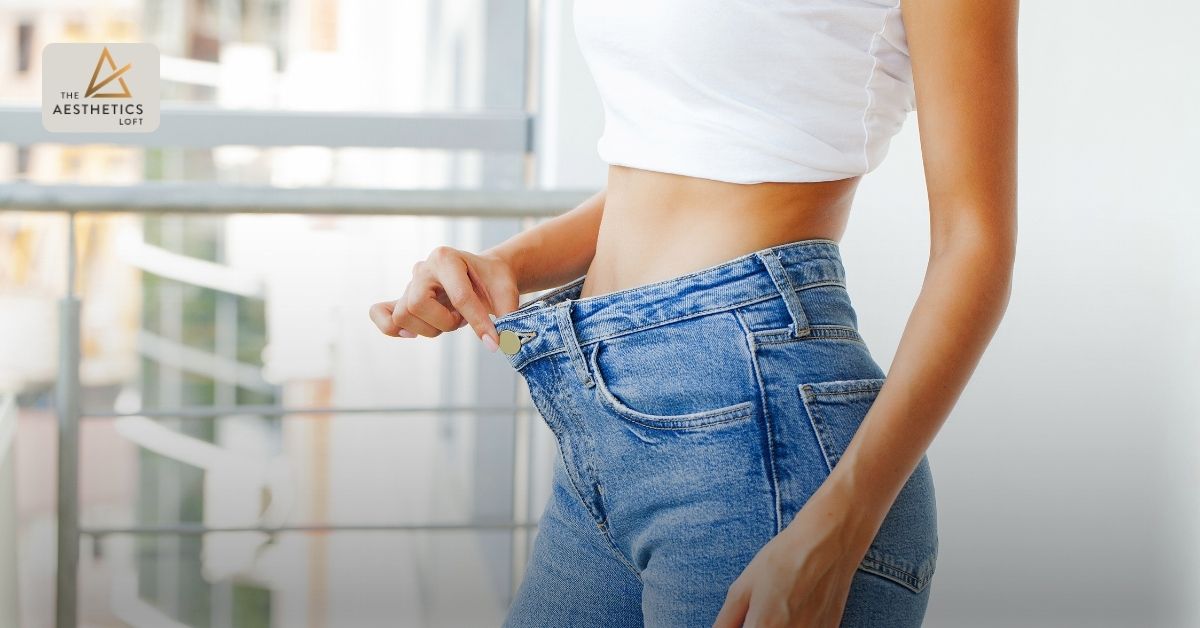Many people turn to fat-melting treatments to get rid of stubborn fat that diet and exercise can’t touch. These treatments, also known as non-surgical fat reduction or body contouring, help reshape areas such as the abdomen, arms, thighs, and chin without the need for surgery or lengthy recovery times.
They work by breaking down fat cells in targeted spots, making them a popular choice for people close to their goal weight but frustrated by certain problem areas. It’s important to know, though, that fat melting is about shaping—not weight loss.
In this article, we’ll break down which body areas can be treated and what you should know before considering these options, helping you decide if they’re a good fit for your body goals.
Understanding Fat Distribution and Why It Matters
Some areas of the body hold onto fat more than others, and it’s not just about how much you eat or exercise. Genetics play a big role, deciding where your body likes to store extra fat — often in places like the belly, thighs, or under the chin. Hormones can also shift fat storage, especially during aging, pregnancy, or menopause. On top of that, lifestyle factors like stress, sleep, and activity level can make stubborn fat worse, even if your weight is stable.
It’s key to understand that fat melting treatments focus on reshaping, not dropping pounds. They help reduce fat in specific spots but won’t replace healthy habits or cause major weight loss.
The best candidates are people who are close to their goal weight, have clear problem areas, and maintain good skin elasticity. This helps ensure smoother results and avoids loose or sagging skin after treatment.
Upper Body Areas for Fat Melting Treatment
The upper body holds some of the most common trouble spots for stubborn fat. Areas like the chin, arms, and back often resist diet and exercise, but fat-melting treatments can help smooth and reshape them without surgery. Let’s break down each one.
Chin and Jawline (Double Chin)
A double chin, also called submental fat, is one of the most common concerns people have about their appearance. It can develop from genetics, weight gain, or even just aging, and often sticks around no matter how much you diet or exercise. With more time spent on screens, many people also notice “tech neck,” where fat and loose skin under the chin become more noticeable.
Popular treatments like Kybella (fat-dissolving injections) or CoolSculpting (fat freezing) are often used to slim this area. These treatments help define the jawline and improve facial balance without surgery.
Upper Arms (Bat Wings)
Fat at the back of the arms, often called “bat wings,” is another stubborn spot, especially for women. Hormonal changes, genetics, or weight gain can cause fat to collect here, making the arms look heavier or less toned. Even after weight loss, the area can stay soft if skin elasticity is poor.
Fat melting treatments can help reduce upper arm fat, but the skin’s ability to bounce back is key. Without good skin elasticity, removing fat may leave behind loose skin, so a consultation is needed to check if non-surgical treatments or surgical options are the better choice.
Bra Line and Back Fat
The area around the bra strap is a common trouble zone for women. Upper back bulges and mid-back rolls can show even under well-fitted clothes, causing frustration. Fat pockets can also form under the bra line, making the back look lumpy or uneven.
Fat reduction treatments can smooth these areas, improving how clothes fit and boosting confidence. For some people, combining treatments across the back and flanks creates a more balanced, natural result.
Midsection Areas for Fat Melting Treatment
The midsection is one of the most popular areas people target for fat melting. It’s where stubborn belly fat and love handles often stick, even with diet and exercise. Here’s how treatments can help reshape this area.
Abdomen (Upper and Lower Belly)
The abdomen is one of the most treated areas for fat reduction. Upper belly fat often builds above the navel, while lower belly fat usually sits below it and can be harder to lose. After pregnancy, many women notice stubborn lower belly fat combined with stretched skin, making the area even more resistant to exercise. Men, too, can struggle with belly fat, especially as metabolism slows with age.
Fat melting treatments help flatten and contour both upper and lower belly areas, offering a smoother, firmer look without surgery.
Flanks (Love Handles)
Love handles refer to the fat on the sides of the waist, just above the hips. This area is a top concern for both men and women, as it affects how pants and dresses fit. Even slim people can have fat deposits here due to genetics or hormonal changes.
Reducing flank fat improves waistline shape and enhances the body’s natural curves, helping both male and female patients feel more confident.
Lower Back (Above the Buttocks)
Another midsection area that’s often treated is the lower back, just above the buttocks. Fat can collect here, causing rolls that show under tight clothing.
Combining lower back treatments with flanks or abdomen work can give a more even, balanced result.
Lower Body Areas for Fat Melting Treatment

The lower body is another common area where stubborn fat tends to accumulate, often due to genetic or hormonal factors. Treatments here can help smooth, slim, and shape areas that exercise alone may not fix. Let’s look at the key spots.
Hips and Outer Thighs (Saddlebags)
Fat often collects on the outer thighs and hips, creating what’s known as saddlebags. This is especially common in women due to genetics and hormones, which naturally direct fat storage to the lower body. These fat pockets can make the hips look wider and affect the fit of jeans or skirts.
Fat melting treatments help slim the outer thighs, giving the lower body a more balanced, streamlined shape.
Inner Thighs
Inner thigh fat can cause rubbing, discomfort, and a lack of thigh gap, which many patients want to address. Even people with a healthy weight may struggle with fat in this area because it’s driven more by body shape than lifestyle.
Reducing inner thigh fat not only improves leg shape but also helps with comfort during walking or exercise.
Banana Roll (Under Buttocks)
The banana roll is a small but stubborn fat pocket just below the buttocks, right under the gluteal fold. It can create a crease or bulge that affects the smooth line between the butt and upper thigh.
Treating this area requires care, as skin tightness is key to avoiding sagging. Some patients may need skin-firming treatments alongside fat reduction for the best outcome.
Knees
Fat above or around the knees is often overlooked, but it can affect the appearance of the legs, especially in shorts or skirts. This area can develop small bulges that don’t respond to exercise, adding to a bulky look.
Targeting knee fat helps refine the leg shape, making the legs appear longer and leaner.
Less Common but Treatable Areas
While less common, there are a few other areas where fat-melting treatments can make a real difference. Let’s take a look at these spots and how they can be improved.
Chest (for Men)
Some men develop excess fat in the chest, known as pseudo-gynecomastia. This creates the look of enlarged breasts, often causing self-consciousness. Unlike true gynecomastia, which involves gland tissue, pseudo-gynecomastia is purely fat-related.
Non-surgical fat reduction treatments can help flatten the chest and create a firmer, more masculine appearance without the need for surgery.
Ankles and Calves
Fat around the lower legs, sometimes called “cankles,” blends the calf and ankle, hiding definition. This can happen due to genetics, water retention, or weight gain.
While harder to treat than larger areas, certain fat-melting procedures can help slim the lower legs, making the ankles appear more defined and improving overall leg shape.
Upper Pubic Area (FUPA)
Another area some people target is the upper pubic area, often called FUPA (fat upper pubic area). Fat here can remain even after weight loss or pregnancy, causing discomfort or a bulging look under clothing.
Fat melting treatments can help flatten this area and improve body confidence.
What Fat Melting Cannot Target
Fat melting treatments are designed to reduce fat, not fix every body concern. They won’t tighten loose skin, build muscle, or remove cellulite. While they can slim an area, they can’t lift sagging skin or improve muscle tone. For those concerns, skin-tightening or muscle-toning treatments may be recommended alongside or instead of fat reduction.
It’s also important to know that not all body parts are safe or effective to treat. Areas like the hands, feet, or most of the face (except the chin) are usually off-limits because they lack enough fat or have sensitive structures underneath.
Lastly, fat melting isn’t meant for major weight loss or overall obesity. It works best for people who are already near their ideal weight but want to refine specific areas.
Choosing the Right Treatment for Each Area
Different fat melting methods work better on certain body areas. Here’s a quick match-up:
- Cryolipolysis (fat freezing): flanks, abdomen, thighs
- Kybella (fat-dissolving injections): under the chin (double chin)
- Radiofrequency or laser treatments: upper arms, banana roll, or areas with mild skin looseness
It’s essential to consult with a professional to determine which option is best for you. A trained provider will check your body, skin quality, and goals to recommend the safest, most effective approach. Sometimes, they may suggest combining treatments for better results, especially if skin tightening is needed alongside fat reduction.
Also, keep in mind that most people need more than one session to see full results. How well treatments work can depend on your fat layer, skin condition, and how you care for your body afterward, including maintaining a stable weight.
Conclusion
Fat melting treatments offer more than just physical change — they can help improve confidence, comfort, and how clothes fit, giving people a chance to feel more at ease in their own skin. But it’s important to go in with realistic expectations: these treatments work best for refining, not replacing, a healthy lifestyle.
If you’re considering fat melting, the smartest first step is a professional consultation. An experienced provider can guide you on the safest options, explain what kind of results are possible for your body, and help you avoid wasted time or money on treatments that won’t suit your needs.
Remember, long-lasting results depend not just on the treatment, but also on your commitment to maintaining them — through steady weight, movement, and overall care for your body. When done thoughtfully, fat melting can be a helpful tool to support the body goals you’ve worked hard for.

